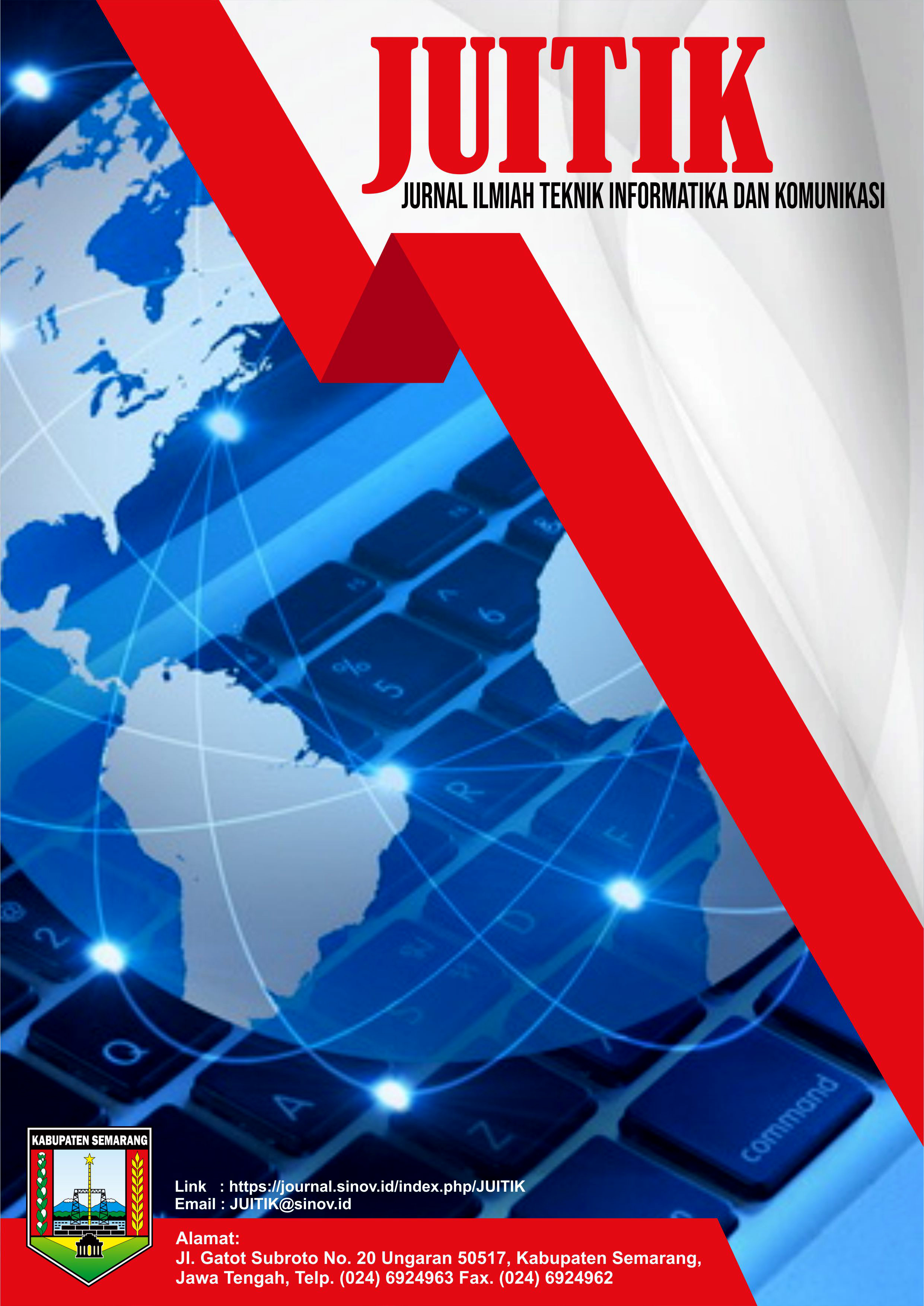Analisis Model Komunikasi Dakwah yang Efektif dalam Kehidupan Sehari-hari
DOI:
https://doi.org/10.55606/juitik.v5i1.1223Keywords:
Da'wah, One-Way Communication, Two-Way CommunicationAbstract
Da'wah is a process of conveying Islamic teachings that is not limited to formal religious forums, but also occurs naturally in everyday life. The models studied include one-way, two-way, interpersonal, and persuasive communication. Each model has its own characteristics, advantages, and challenges in conveying Islamic messages effectively. One-way communication is suitable for lectures and sermons, but does not open up space for dialogue. In contrast, two-way communication is more inclusive and allows for the expansion and exchange of ideas. Interpersonal communication is effective in intimate relationships such as in families, while persuasive communication is able to touch emotions and attitudes without coercion. The application of these models in pluralistic societies, nuclear families, and the world of short-density work, communication skills, and the role models of da'wah practitioners. Successful da'wah does not only rely on words, but is also manifested through real behavior and high social awareness. Thus, every Muslim has a strategic role in spreading Islamic values through appropriate communication models, full of wisdom, and compassion as exemplified by the Prophet Muhammad SAW.
References
Arifin, B. (2015). Pendekatan personal dalam komunikasi dakwah: Antara teori dan realitas. Jurnal Komunikasi Islam Kontemporer, 3(1), 25–39.
DeVito, J. A. (2014). The interpersonal communication book (13th ed.). Pearson Education.
Effendy, O. U. (1989). Kamus komunikasi. Bandung: PT Mandar Maju.
Effendy, O. U. (2003). Ilmu komunikasi: Teori dan praktek. Bandung: Remaja Rosdakarya.
Hamzah, A. (2020). Model komunikasi dakwah melalui media sosial: Efektivitas penyampaian pesan keislaman di era digital. Jurnal Ilmu Dakwah, 14(1), 45–60.
Jalaluddin, R. (2017). Psikologi komunikasi. Jakarta: Rajawali Pers.
Lubis, M. (2020). Komunikasi Islam: Konsep dan praktik dalam kehidupan sosial. Jakarta: Kencana.
Mubarok, A. Z. (2017). Komunikasi dakwah: Teori dan implementasi dalam masyarakat Muslim. Surabaya: UIN Sunan Ampel Press.
Priyono, P. E. (2022). Komunikasi dan komunikasi digital. Bogor: Guepedia.
Rohman, A. (2020). Dakwah berbasis nilai: Pendekatan komunikasi yang efektif dalam kehidupan masyarakat urban. Jurnal Komunikasi dan Dakwah, 8(1), 75–88.
Sudaryanto, A. (2021). Model komunikasi dakwah integratif dalam membentuk karakter umat. Jurnal Dakwah dan Sosial Kemasyarakatan, 5(2), 133–145.
Sugiyono. (2011). Metode penelitian kuantitatif, kualitatif, dan R&D. Bandung: Alfabeta.
Suryanto. (2015). Pengantar ilmu komunikasi (hlm. 14). Bandung: CV Pustaka Setia.
Toha, Y. O. (1992). Ilmu dakwah. Jakarta: Wijaya.
Yusuf, M., & Sari, D. (2021). Strategi komunikasi dakwah interpersonal dalam membentuk kepribadian Islami anak. Jurnal Komunikasi Islam, 11(2), 189–203. https://doi.org/10.24252/jki.v11i2.2345
Zein, A. (2016). Komunikasi dakwah dalam keluarga Muslim: Antara keteladanan dan penyampaian pesan. Jurnal Dakwah dan Komunikasi, 10(2), 115–126.
Downloads
Published
How to Cite
Issue
Section
License
Copyright (c) 2025 Jurnal Ilmiah Teknik Informatika dan Komunikasi

This work is licensed under a Creative Commons Attribution-ShareAlike 4.0 International License.










